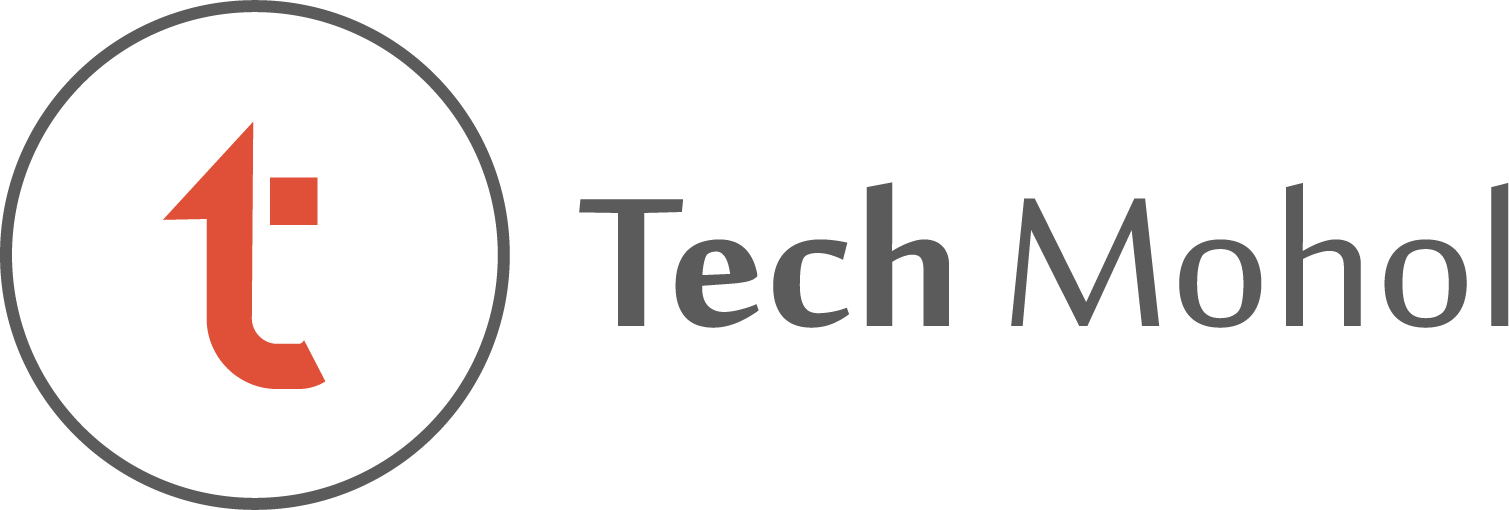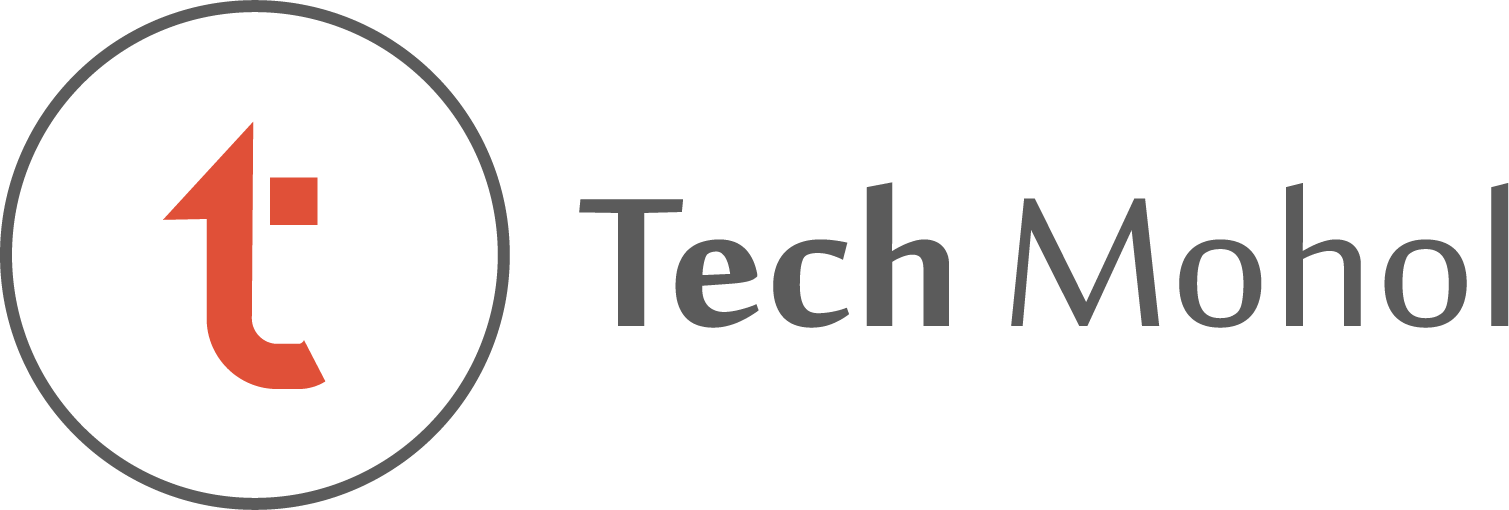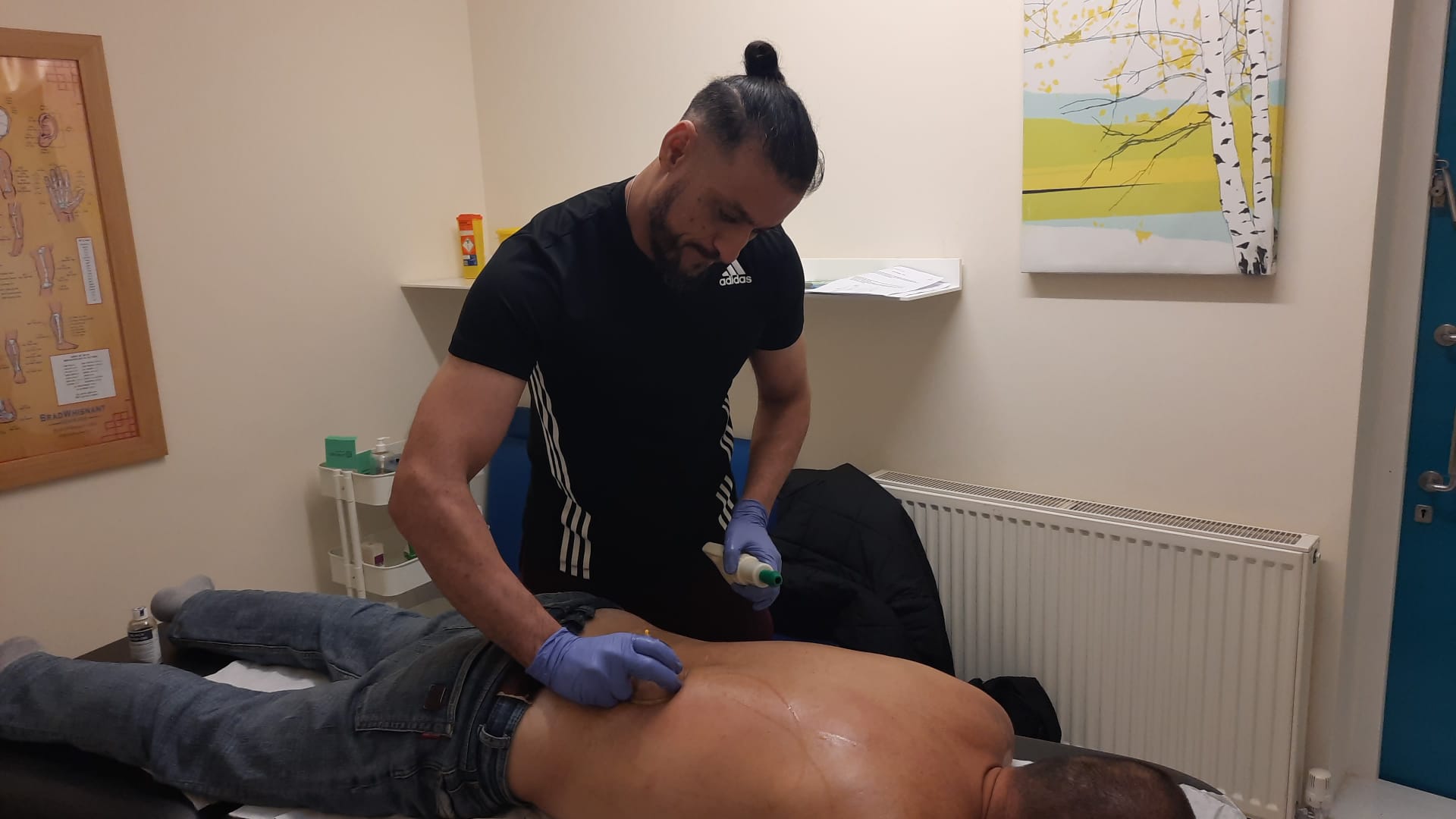In a world that often moves at a fast pace, where stress and various health issues are commonplace, individuals are increasingly seeking holistic approaches to healing that address both the physical and mental aspects of well-being. One such ancient practice gaining popularity in modern times is Hijama Cupping Therapy. This traditional method, rooted in historical practices, offers a unique approach to achieving balance in both the body and mind.
Understanding Hijama Cupping Therapy:
Origins and History:
Hijama, or cupping therapy, has been practiced for centuries in various cultures, including Chinese, Egyptian, and Islamic civilizations. The technique involves placing cups on the skin and creating suction to promote blood flow, thereby encouraging healing.
The Prophet Muhammad (peace be upon him) is reported to have said, “Indeed the best of remedies you have is cupping (hijama).” This endorsement has led to the widespread adoption of cupping therapy in Islamic communities and beyond.
How It Works:
Hijama cupping therapy works by creating a vacuum on the skin’s surface, drawing stagnant blood and toxins to the cupped area. This process stimulates the flow of fresh blood, promoting the body’s natural healing mechanisms. The cups can be stationary or moved around, depending on the therapeutic goals.
Benefits of Hijama Cupping Therapy:
Physical Healing:
- Pain Relief: Cupping therapy is renowned for its effectiveness in alleviating various types of pain, including back pain, migraines, and muscle soreness.
- Detoxification: The suction created during cupping helps to detoxify the body by pulling impurities and toxins from the blood.
- Improved Blood Circulation: Enhanced blood flow leads to better oxygenation of cells, promoting overall health and vitality.
Mental and Emotional Well-being:
- Stress Reduction: The physical benefits of cupping extend to the mental realm, with many individuals reporting a reduction in stress and anxiety levels.
- Balancing Energy Flow: In traditional Chinese medicine, cupping is believed to balance the body’s vital energy, known as Qi, which plays a crucial role in mental and emotional well-being.
The Hijama Cupping Therapy Course:
Given the growing interest in holistic healing, many individuals are seeking to deepen their understanding of cupping therapy through specialized courses. These courses typically cover the following areas:
- Theoretical Foundations: Participants gain insights into the history, philosophy, and principles behind hijama cupping therapy.
- Practical Techniques: Hands-on training ensures that students acquire the skills needed to perform cupping safely and effectively.
- Ethical Considerations: As with any therapeutic practice, ethical guidelines are crucial. Courses often cover the ethical aspects of providing cupping therapy to clients.
- Integration with Modern Medicine: Recognizing that cupping therapy is not a replacement for modern medical treatments, courses emphasize its complementary role in enhancing overall well-being.
Faq:
- What is Hijama Cupping Therapy?
Hijama Cupping Therapy is an ancient healing practice that involves placing cups on the skin and creating suction to promote blood flow, detoxification, and overall well-being.
- How does Cupping Therapy work?
The therapy works by creating a vacuum on the skin, drawing stagnant blood and toxins to the cupped area. This stimulates fresh blood flow, promoting the body’s natural healing mechanisms.
- What are the origins of Hijama Cupping Therapy?
Hijama has roots in various cultures, including Chinese, Egyptian, and Islamic civilizations. The Prophet Muhammad (peace be upon him) endorsed cupping therapy, contributing to its popularity in Islamic communities.
- What physical benefits does Cupping Therapy offer?
Cupping therapy provides pain relief, detoxification by pulling impurities from the blood, and improved blood circulation, contributing to better oxygenation of cells.
- How does Cupping Therapy contribute to mental and emotional well-being?
Many individuals report a reduction in stress and anxiety levels after cupping therapy. The practice is believed to balance the body’s vital energy, promoting mental and emotional harmony.
- Are there specific conditions that Cupping Therapy can address?
Cupping therapy is known to alleviate various conditions, including back pain, migraines, muscle soreness, and stress-related issues.
- What does a typical Hijama Cupping Therapy Course cover?
Such courses typically cover theoretical foundations, practical techniques, ethical considerations, and the integration of cupping with modern medicine.
- How does Cupping Therapy complement modern medicine?
Cupping therapy is not a replacement for modern medical treatments but serves as a complementary approach to enhance overall well-being.
- Is Cupping Therapy suitable for everyone?
While generally safe, it’s essential to consult with a qualified practitioner, especially for individuals with certain medical conditions or pregnant women.
- How can one pursue a Hijama Cupping Therapy Course?
Interested individuals can explore local or online courses that provide theoretical knowledge, hands-on training, and ethical guidelines for practicing cupping therapy.
Conclusion:
In a world where individuals are increasingly seeking alternatives to conventional medicine, the resurgence of practices like hijama cupping therapy is notable. Its holistic approach, addressing both physical and mental aspects of health, appeals to those looking for comprehensive well-being solutions.
Whether you are a practitioner looking to expand your skills or an individual interested in exploring holistic healing, a Hijama Cupping Therapy Course can be a transformative journey. By embracing the wisdom of ancient healing practices, we may find the key to balancing our body and mind in the pursuit of optimal health.





